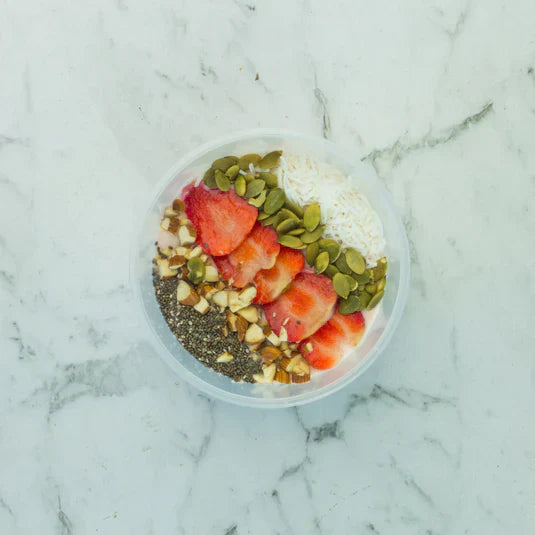In a society obsessed with speed and efficiency, the concept of slow running might seem counterintuitive. However, this emerging trend is gaining popularity for good reason.
Slow running, also known as easy running, offers a range of benefits that can enhance your overall health, fitness, and running performance. In this guide, we'll explore what slow running is, why it's beneficial, and how you can incorporate it into your training routine.
What is Slow Running?
Slow running is a pace that feels comfortable and sustainable for an extended period. It's a pace at which you can easily hold a conversation or sing along to your favourite playlist.
The exact speed varies from person to person, depending on factors such as fitness level, experience, and individual physiology. The key is to run at a pace that feels easy and doesn't cause undue stress or strain on your body.
The Benefits of Slow Running
-
Injury Prevention: Running at a slower pace reduces the impact on your joints, muscles, and tendons, lowering your risk of injury. This is especially important for beginners or those returning to running after a break.
-
Improved Endurance: Slow running helps build your aerobic base, which is essential for endurance. By training your body to efficiently use
oxygen, you can run for longer periods without feeling fatigued.
-
Enhanced Recovery: Easy runs allow your body to recover between more intense workouts, reducing the risk of overtraining and burnout. This recovery time is crucial for adapting to the stress of running and improving your overall performance.
-
Increased Efficiency: Slow running helps your body become more efficient at using energy. By training your body to burn fat as fuel, you'll be able to run for longer periods without depleting your glycogen stores.
- Mental Benefits: Slow running can be a relaxing and enjoyable experience. By focusing on your breathing and the sensation of running, you can reduce stress and improve your overall mood. Win-win.
How to Incorporate Slow Running into Your Training
-
Dedicate the majority of your runs to slow running: Aim for 80% of your weekly kilometres to be at an easy pace to allow your body to recover and adapt to the stress of running.
-
Vary your pace: While most of your runs should be slow, incorporate some faster-paced workouts, such as intervals or tempo runs, to challenge your body and improve your speed.
-
Listen to your body: Some days, your slow runs may be even slower than usual, depending on factors such as fatigue, stress, or recovery from a hard workout. Adjust your pace accordingly to avoid overtraining.
-
Set realistic goals: Focus on enjoying the process and improving your overall fitness rather than obsessing over pace or distance. Remember, every runner is on their own journey.
-
Invest in proper gear: Wear well-cushioned running shoes that support your feet and help absorb impact. Comfortable, breathable clothing can also enhance your experience.
- Stay Fuelled with Fit Food: Proper nutrition is crucial for any runner. At Fit Food, we offer a variety of nutritious meals that can help you recover and maintain energy levels. Consider options like our NEW Thai Red Chicken Curry or our Stroganoff Pasta to re-load on carbs and protein post slow run.





